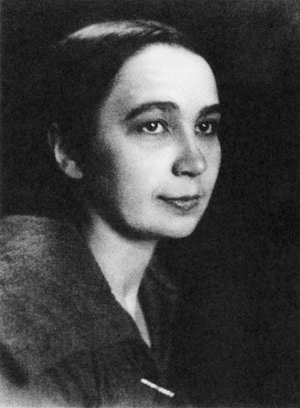| |||||
| Decades: | |||||
|---|---|---|---|---|---|
| See also: | |||||
Three notable events occurred in 1888 in Russia , under Alexander III.
| |||||
| Decades: | |||||
|---|---|---|---|---|---|
| See also: | |||||
Three notable events occurred in 1888 in Russia , under Alexander III.

Varvara Fyodorovna Stepanova was a Russian artist. With her husband Alexander Rodchenko, she was associated with the Constructivist branch of the Russian avant-garde, which rejected aesthetic values in favour of revolutionary ones. Her activities extended into propaganda, poetry, stage scenery and textile designs.
Brilliant may refer to:

Logan Wade Lerman is an American actor. He appeared in commercials in the mid-1990s, before starring in the series Jack & Bobby (2004–2005) and the movies The Butterfly Effect (2004) and Hoot (2006). Lerman gained further recognition for playing the title character in the Percy Jackson film series, d'Artagnan in 2011's The Three Musketeers, starred in the coming-of-age dramas The Perks of Being a Wallflower (2012), Indignation (2016) and The Vanishing of Sidney Hall (2017), and had major roles in the 2014 films Noah and Fury. In 2020, he returned to television with the series Hunters.

The Church of Mary Magdalene is an Eastern Orthodox Christian church located on the Mount of Olives, directly across the Kidron Valley and near the Garden of Gethsemane in Jerusalem.

Natalia Sergeevna Goncharova was a Russian avant-garde artist, painter, costume designer, writer, illustrator, and set designer. Goncharova's lifelong partner was fellow Russian avant-garde artist Mikhail Larionov. She was a founding member of both the Jack of Diamonds (1909–1911), Moscow's first radical independent exhibiting group, the more radical Donkey's Tail (1912–1913), and with Larionov invented Rayonism (1912–1914). She was also a member of the German-based art movement Der Blaue Reiter. Born in Russia, she moved to Paris in 1921 and lived there until her death.
Zubov, and its feminine form, Zubova, is a surname originating from the Russian word zub (tooth). Its transliteration variant is Zuboff.
The Morozovs is a famous Old Believers Russian family of merchants and entrepreneurs. The family name Morozov originates from a Russian word moroz (мороз) that means frost. The founder of the family was Savva Vasilyevich Morozov (1770–1862). He had five sons and a daughter, Varvara Savvichna Morozova.

Elena Vladimirovna Susova, known professionally as Varvara, is a Russian ethno-pop singer.

The Turkish Gambit is the second novel from the Erast Fandorin series of historical detective novels by Russian author Boris Akunin. It was published in Russia in 1998. The English translation by Andrew Bromfield was published in 2005 as third of Fandorin novels, after Murder on the Leviathan which follows it in the internal chronology.

The Khanenko Museum is an art museum located in Kyiv, in Ukraine, which holds the biggest and most valuable collections of European, Asian and Ancient art in the country.
Varvara, a variant of "Barbara", may refer to:
Lerman is an Ashkenazi Jewish surname. It may refer to:
The Pine Cone egg is a jewelled enameled Easter egg made under the supervision of the Russian jeweller Peter Carl Fabergé in 1900. The Fabergé egg was made for Alexander Kelch, who presented it to his wife, Barbara (Varvara) Kelch-Bazanova.

Varvara Matveevna Baruzdina was a Russian Realist painter, primarily of genre scenes.
Varvara Vladimirovna Zelenskaya is a retired Russian alpine ski racer. She is the most successful Russian female World Cup ski racer, winning a total of four races.

Varvara Alexandrovna Flink is an inactive Russian tennis player.
The following lists events that happened during 1954 in the Union of Soviet Socialist Republics.

"Peasant Wives" is an 1891 short story by Anton Chekhov.

Varvara Andreyevna Gracheva is a Russian-born French professional tennis player.
Varvara Alexandrovna Brilliant-Lerman was a Russian plant physiologist who discovered the "Brilliant phenomenon".
![]() Media related to 1888 in Russia at Wikimedia Commons
Media related to 1888 in Russia at Wikimedia Commons